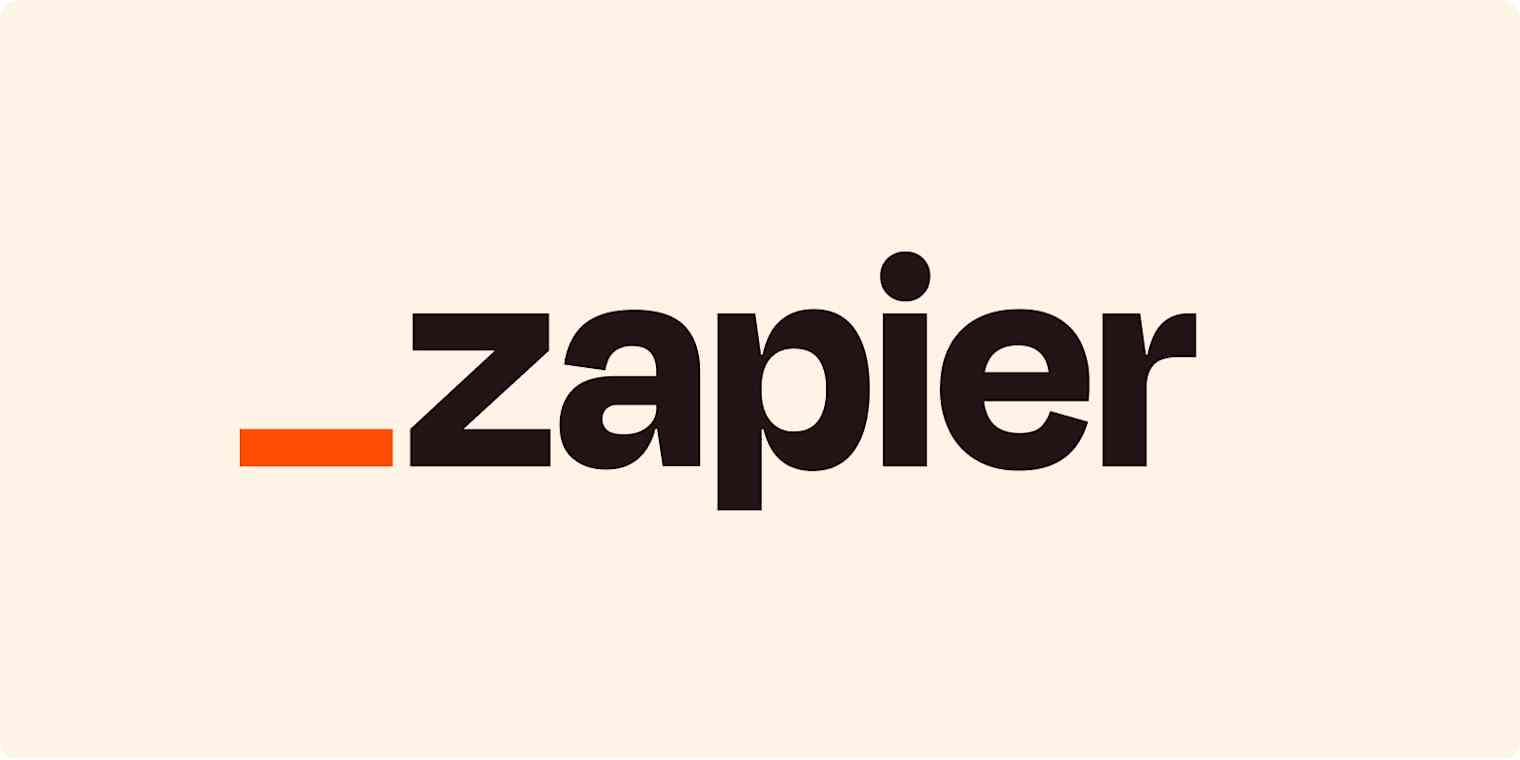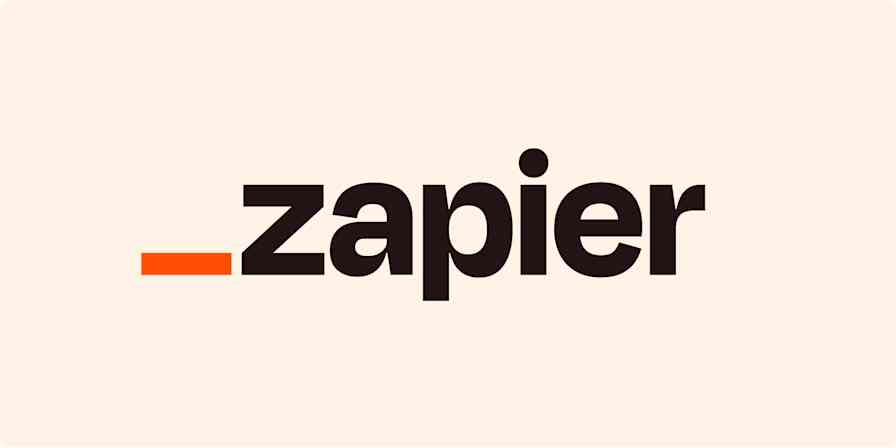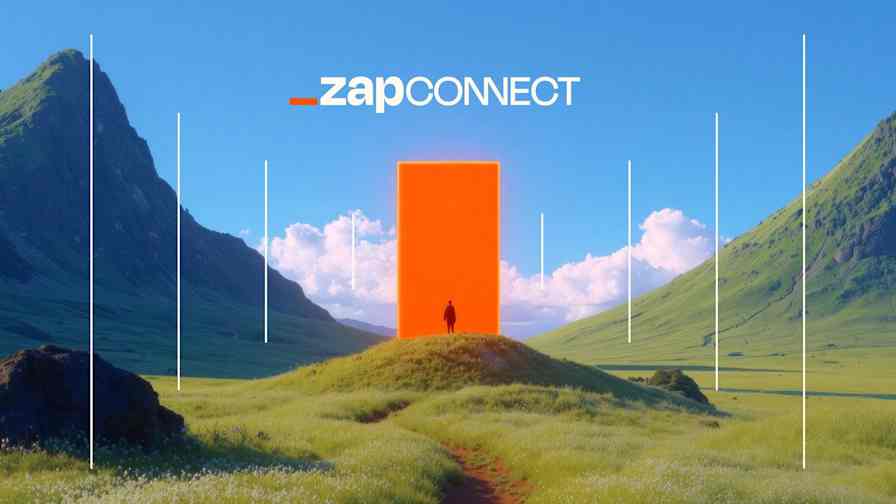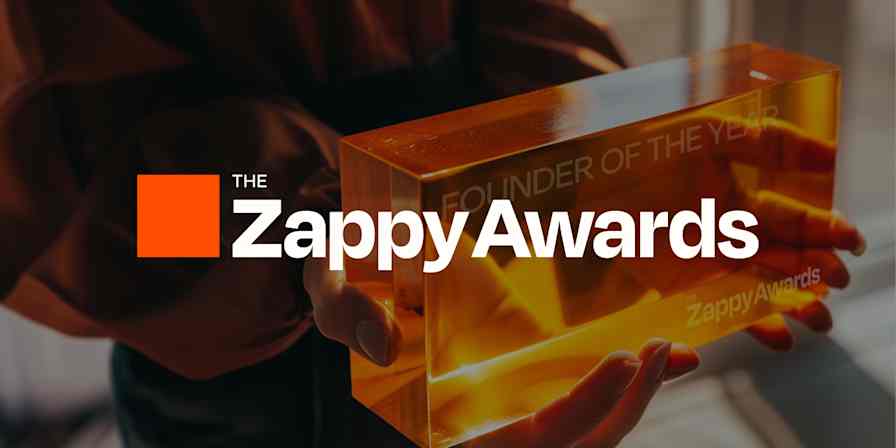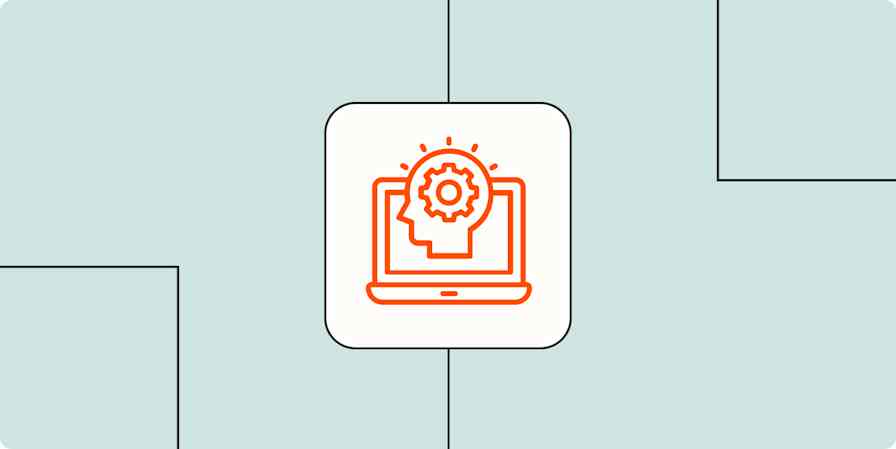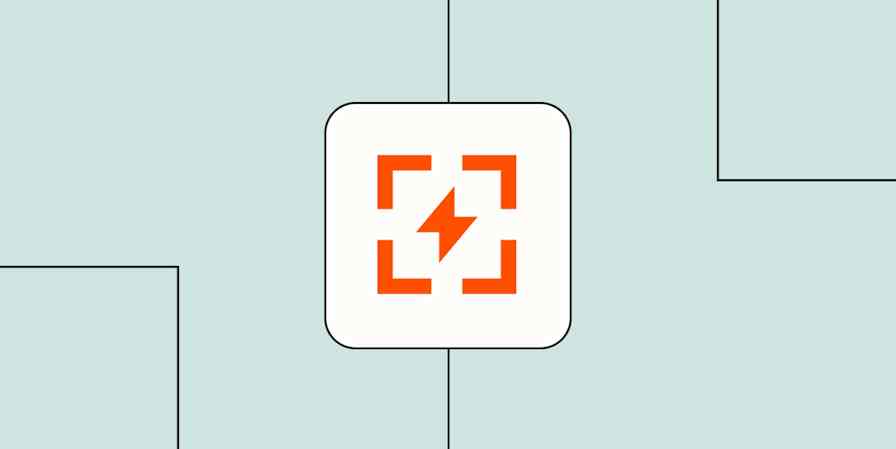For our inaugural No-Code Day Contest, we received over 400 submissions, all showcasing unique and creative ways folks are using no-code tools. Our official winner, Caro Griffin, used Zapier and other no-code tools to grow revenue by 400% in less than six months.
We wanted to show off more of the exciting things companies and people are doing with no-code tools to scale their businesses, so here's a roundup of some of our favorite submissions:
Inside Voices—think Glassdoor for diversity—uses no-code tools to help job seekers understand how companies treat people of color by hearing from current employees.
Option Alpha is the first no-code options trading automation and algorithm builder for options traders. Before Option Alpha, traders needed to code algorithms to automate their options trading strategies—now automation handles that.
The WoMi™ App is the first native directory app and features over 150 verified women and minority-owned small businesses. This no-code app was built on Glider and uses Zapier to communicate with members, manage email campaigns, and connect the app to other marketing platforms like Squarespace and Klaviyo.
Neighbourhoods is built using no-code tools and is aimed at helping New Zealanders explore an area they've recently moved into or help prospective buyers find a location, displaying cafes, events, amenities, parks, real estate agents, and other local businesses.
Lunch is building a payment network to make it easier to get paid in "offline" industries dominated by paper checks. Lunch's no-code stack consists primarily of Zapier, Airtable, and Stacker. With customers using a wide range of accounting programs, they use Zapier to integrate with nearly all of them. Lunch has collected over $900k monthly on their platform and has cut collections time by over 50% compared to the industry average.
Tales, a service that interviews your family members and captures their life stories in audio form, uses no-code tools to automate their manual business. Their workflow uses Pipedrive, Webflow, Airtable, Calendly, and Stripe, and Zapier is the tool that connects them all.
Peter Philips, CTO of Recognize, has a Zap that connects Recognize's invoicing tool to its bookkeeping tool, so everything gets sent to QuickBooks. They also connected Stripe to Slack to get notifications when their customers' credit cards are expiring. And they connect the tasks system in their CRM to their calendar, so that tasks automatically become calendar appointments with due dates. (The workflow continues, but that gives you an idea!)
Metro Dermatology is a high-volume medical practice group in New York City, with three locations across the metro area, and they consistently see more than 150 patients a day per location. They used no-code tools to help cut down on wait time for patients, creating a virtual check-in text message to send to patients before their appointments and online forms that patients need to fill out before the visit. Using Zapier as their base, they dramatically decreased wait times at their locations.
Lauren Davis of Matterkind worked in a previous role for a growing team of busy real estate agents and used no-code tools to improve their operations. She created an automated workflow with Zapier that deploys data fields from an online form (Cognito Forms) to multiple platforms (Trello, Google Calendar, Gmail, Google Sheets, Mailchimp, Dotloop). Her workflow system reduced manual data entry time by 80% and improved the transaction coordinator's intake capacity by 300%.
Haris Seoudy created GRNDHOUSE (think Netflix but for strength-based fitness classes) and used no-code tools to turn the vision into a reality. Some examples: workout videos are automatically uploaded and hosted in Wistia, Memberstack handles their memberships and monthly subscriptions, their community runs in Circle.so, and OneTrust handles their cookie consent—the connection across these tools is Zapier.
Matthew Buchanan, at Trimm Inc., was looking for a way to help make his sales team more productive at work by automating sales team emails once a customer's order had been shipped. Before automation, each email took approximately five minutes to complete—which adds up when you're sending 40-50 sales emails each day. Matthew automated the entire process and helped save his sales team around four hours daily.
Maris Chan, Senior Supply Chain Analyst at HelloFresh, uses Zapier to automate and create a logistics ticketing system that integrates Google Forms, Google Sheets, Slack, and emails. Her team at Hello Fresh responds to escalation tickets submitted through Google Forms. At the time, her team didn't have a ticketing platform, so she created a system where each escalated ticket triggered an email and Slack notification to the team, while also auto-populating as a new row in a Google Sheet that documented/logged all the submissions.
Kevin Cassidy from DocuSign used no-code products to build a webinar event tool. His workflow starts with a form filled out by anyone at the company. Once it's submitted, it kickstarts the workflow, which creates a campaign in Oracle Eloqua and Salesforce and a webinar link in Zoom, and then the event is created in Swoogo. After that, the user receives an email confirmation, the relevant Jira ticket status is updated, and a comment is automatically generated on the Jira ticket to request a peer review from a colleague.
Mindbase, a tool for First Responders, used no-code tools to build a mental health and wellness platform for public safety. Here's what their workflow looks like: first, they collect data from the police CAD systems in their S3 bucket through Integromat and convert that info into an XML file in Google Sheets. Then they use Glide to provide a dashboard to the department to visualize the data and support their team at the right time with the right resources. They use Zapier to connect to BuildFire, sending push notifications through Glide and then having Twilio send text messages to personnel from the dashboard.
Christian San Jose created UX+ University, a boot camp for aspiring UX Designers, from the ground up with no-code tools. Using a mix of Zapier, Airtable, Webflow, Typeform, Memberstack, Slack, Circle, VideoAsk, DocuSign, ConvertKit, Super.so, Notion, Calendly, Zoom, and more, they built the application forms, payment process and tracking, onboarding, learning management system, student progress tracking, attendance tracking, student feedback forms, assignment submission forms, student directory, job board, partners dashboards, class recording library, discussion boards, certificate generators, automatic notifications, student CRM, billing—the list goes on. They were able to generate $101K in revenue since starting the program one year ago, helping students become full-fledged UX professionals working with companies like IBM, Canva, and several Y Combinator startups.
Congratulations to everyone who sent us their amazing accomplishments. We're so honored to be a part of your journey!
